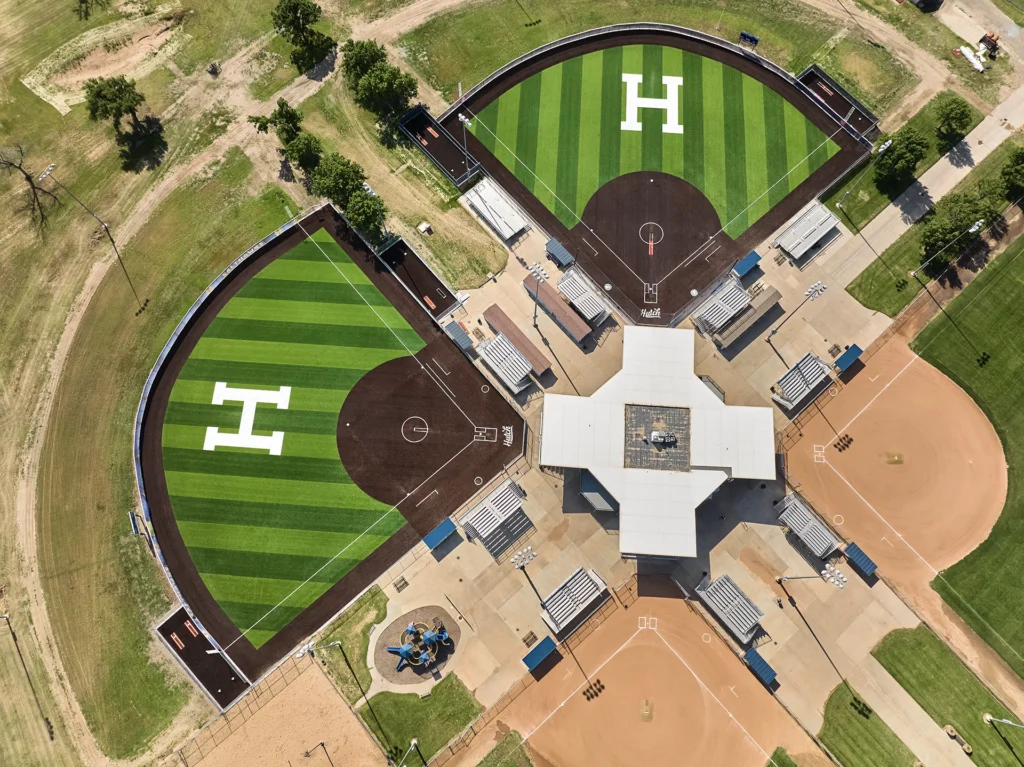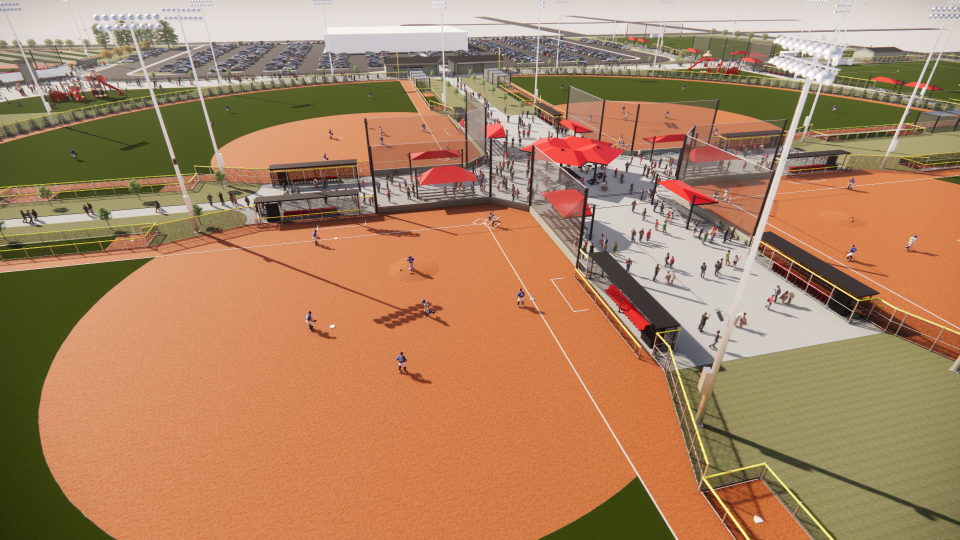Developing the Blueprint for Local Municipalities

Meeting the Needs of the Community
A community space works best when it works for everyone: families, dogwalkers, runners, casual soccer players, and everyone in between. When MMTH Sports Design tackles local municipalities projects, we go into it with eyes wide open.

Unlike projects for competitive athletics programs, we need a “recreation first” approach. These spaces need to reflect a community’s unique identity and their priorities. So, we listen closely to the diverse and often varied groups that will use the fields and facilities and create a space that gives them what they need. That could mean a state-of-the-art bocce court to serve some very vocal and passionate community members. Or a space that can simply function for a pick-up soccer game and a family picnic.
But it’s about more than just what the public sees. It’s also about what goes on below the surface. At MMTH, we don’t just identify the needs of a community, but tie everything together in a way that ensures seamless operations. Critical, behind-the-scenes elements like infrastructure, maintenance, and upkeep are just as vital to a facility’s success as what it looks like. The goal is to make these operational aspects simple to help ensure the facility is easy to manage and keeps its value.
This means thinking long-term. Our designs incorporate flexibility and multi-use capabilities into the facilities from the start. For instance, we design convertible fields and courts to accommodate multiple sports or activities. Improvements must take into account the costs of long-term maintenance and minimize the staff needed to maintain facilities.
Local municipalities face challenges with budget, staffing, and competition with the private market. They need to balance public funds while finding ways to be more self-sufficient. MMTH and our partners can help with this by providing recommendations for additional revenue streams such as food offerings, equipment and facility rentals. For example, in McCook, Nebraska, we’re developing a facility that maximizes the city’s investment and creates community opportunities.
By planning for potential changes and creating adaptable spaces, we can continue to meet communities evolving needs, providing a return on investment that lasts for years to come.
